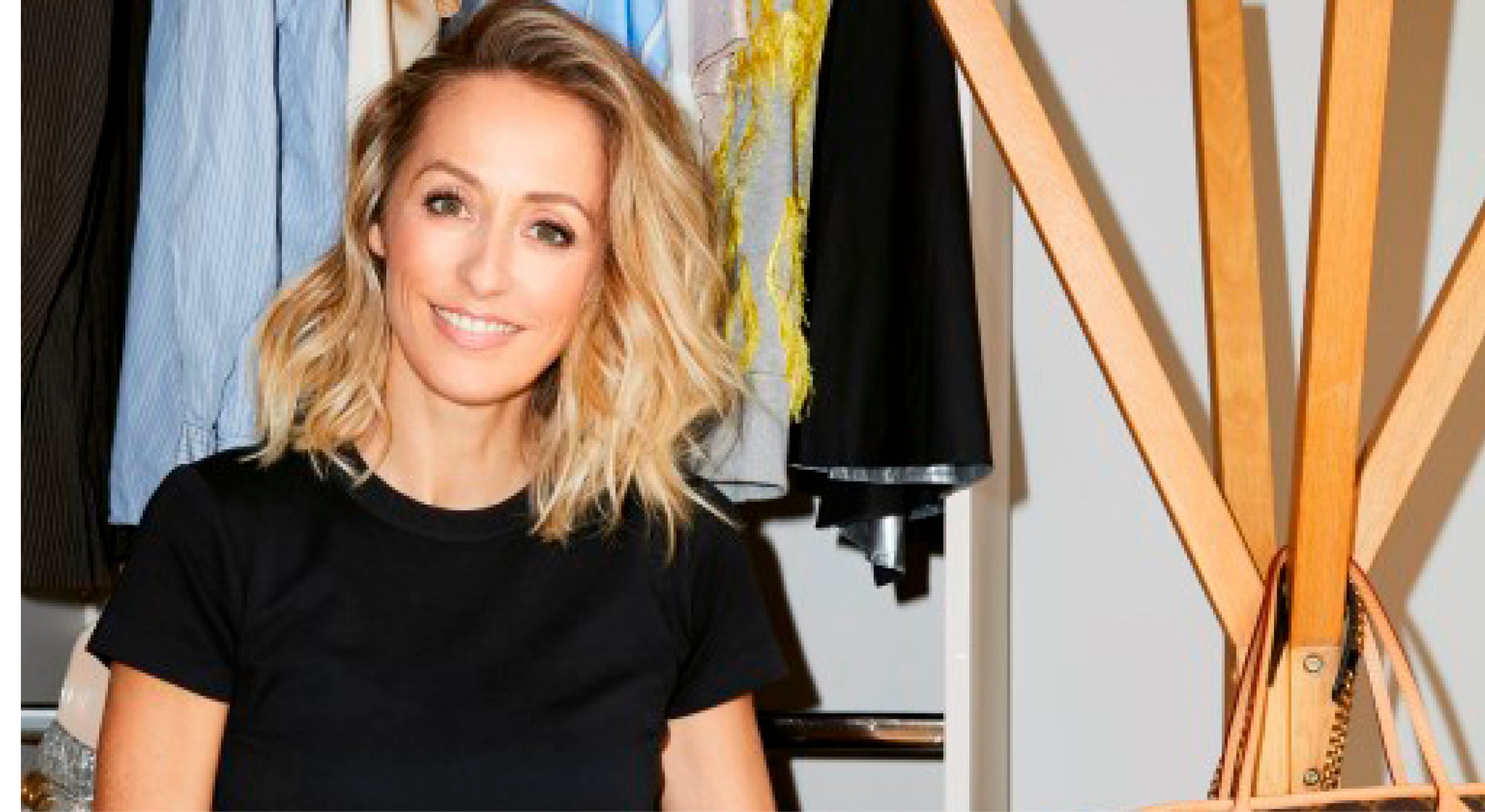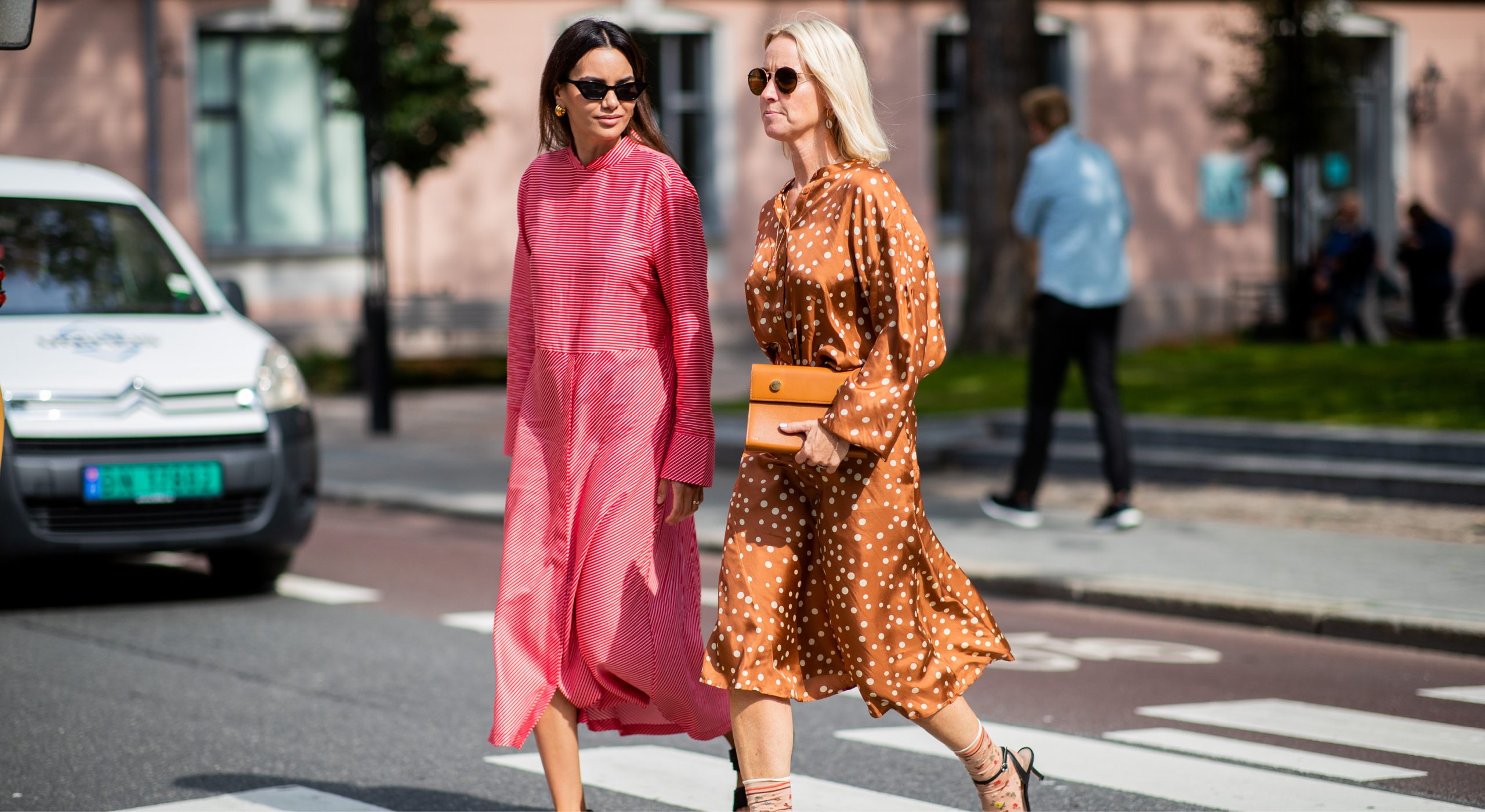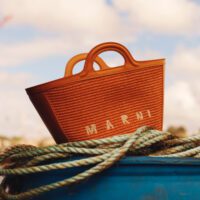Generally speaking, I am not an expert on cars. I love my car, but I can’t tell you much about its finer details. I can’t describe its engine, talk confidently about its suspension or power or tell you about its torque (whatever that is).
I am, however, pretty keen on fashion.
So when I found myself at an apparel conference, where Fanny Moizant, the co-founder of luxury re-seller Vestiaire Collective, suggested that the car industry could hold the key to the future of fashion, I listened.
In front of a crowd of hundreds of fashion industry insiders at The Legacy Summit in Sydney, Moizant drew parallels between the auto and apparel industries and pointed out that right now “you can walk into a [car dealership], and the [car] brand has two options, the secondhand cars and the brand new ones.”
Fashion she suggested, could learn from this. “As more people embrace the concept of circular fashion it’s a matter of time before brands start showcasing pre-loved collection with current season drops.”

Think about that for a moment. Imagine being able to buy new and secondhand pieces (maybe those you missed out on the first time around?) at your favourite store.
It’s a bold prediction and one that implies a seismic shift in the way we shop, where second-hand garments become the norm and buying brand new clothes will be like buying a new car – a luxurious rarity, a landmark purchase, and something to be carefully looked after so it can be resold down the line.
Does comparing cars and fashion seem like a stretch? Then consider this: both industries are currently grappling with the same era-defining issue – their environmental impact – and in their search for solutions, both have turned to rental (GoGet and Uber, for cars, and RentTheRunway or GlamCorner for fashion) and both are trialling new, sustainable materials (organic cottons or electric motors, respectively).
Where auto leads and fashion lags is resale; fast fashion still dominates the apparel industry, yet secondhand purchases account for three-quarters of all car sales in Australia.
Still unconvinced?
In some forward-thinking corners of the fashion world, it’s already happening.
Step inside a Nudie Jeans boutique and in the low-lit, industrial-chic shelves, you may well find secondhand jeans alongside newer versions. This is thanks to the brand’s Reuse scheme, which allows customers to trade in old jeans for a 20 per cent discount on a new pair.
Patagonia offers something similar. The global outdoor company and millennial favourite has offered free repairs on its clothing since the ‘70s, but in 2017 it launched WornWear, a website allowing customers to buy and sell used gear. It was so successful, says Patagonia’s Australian marketing manager Naima Wilson, that “all the stock sold out very fast”.
“It’s a really nice thing for customers to buy a high-performing jacket or technical piece at a lesser price but still know they’re getting a good-quality product,” says Wilson. She points out that purchasing a secondhand garment, as opposed to buying a new one, is the single most important thing you can do to reduce your apparel carbon footprint, as it cuts CO2 emissions by 60 per cent.
And that’s the crux of it. Because, whether you like secondhand shopping or not (and not all of us have the time, inclination or the skill, to sift through vintage stores), the fashion industry cannot continue along its current path.
The fast fashion model is on its way out.
In Australia alone, the average person discards 27kg of new clothing or textiles every year and, nationwide, six tonnes of waste go to landfill every 10 minutes. That’s the equivalent weight of six SUVs going to landfill every hour.
“I think there will always be a place for buying new clothes,” says Wardrobe Crisis podcast host Clare Press. “But the fast fashion model is on the way out, and the idea that fashion is disposable is souring in people’s minds.
People are waking up to fact that there’s so much stuff already in existence – they don’t have to buy new.
“I think people are waking up to fact that there’s so much stuff already in existence that they don’t have to buy new. The secondhand economy is booming,” says Press, who believes that secondhand shopping is becoming “cooler”. It’s an observation born out by statistics, with a report by British ‘re-commerce’ site ThredUp recently forecasting that the secondhand economy will eclipse the fast fashion economy within a decade.
“I think customers choose resale as opposed to fast fashion because it’s one of the more immediate, accessible solutions,” says Moizant. “It generates less waste for the environment, while still offering a one-of-a-kind value proposition marrying fashion and style.”
And it’s not just fashion. Secondhand products are changing hands across industries and across countries at startling rates.
Even IKEA, a brand not ordinarily associated with recycling, is about to launch a national “buy-back” scheme that will see secondhand furniture sold in store, after successfully trialled the programme in its Sydney Tempe shop.
IKEA Australia’s head of sustainability Dr Kathryn Ringville said the concept came about after a local manager became frustrated at the volume of IKEA products left in curb-side collections. “That struck him as really disappointing… even aside from the brand capital damage, he thought, ‘Wow – what’s happening here?’ Then he looked at some of the furniture and realised that some of it was still perfectly good.”
Under the scheme (launching in October) customers can have old furniture picked up – free – and returned to the store for a voucher of up to 50 per cent of the piece’s original value. The trial was a big success, says Dr Ringville, who is speaking at the forthcoming Good Is The New Cool conference in Sydney and Melbourne. “We were really happy with the quality of the items… And the [used] pieces were selling on the [shop] floor within 24 hours.”
What’s interesting about the IKEA scheme is that, along with new global sustainability directives, it is now influencing the way IKEA manufactures its products. These day, furniture must be designed with a longer life cycle, and, potentially, several owners, in mind. “We make sure that all the products are easily disassembled – that you can put them down and put it back up gain… and that they have the integrity to be used constantly.”
This is the kind of influence that fashion companies like Rent The Runway and GlamCorner may one day wield – and which could further revolutionise the fashion industry.
Around Australia, retailers are experimenting with buy-back programmes as well as those that reduce waste. Over at Country Road, a retailer making strides in sustainability, a buy-back scheme, Fashion Trade, has been in place since 2011, although customers are encouraged to donate their pre-loved Country Road pieces to the Red Cross, rather than to stores, in return for a Country Road voucher. “This both helps the community and saves clothing from going to landfill,” says managing director Elle Roseby, who adds that 200,000 garments have been collected through the scheme.
Buy-back schemes are regularly discussed over at The Iconic, another retailer known for its commitment to sustainability. “It’s an opportunity that’s of interest,” says Jaana Quaintance-James, The Iconic’s head of sustainability and ethical sourcing. “We’re very concerned about the issue of textile waste, and there’s something we’re working on that hasn’t been announced yet.”
The e-tailer recently launched The Considered, a vertical dedicated to ethical fashion, and has a partnership with Thread Together, an organisation that redistributes new and unsold inventory. Since early last year, 50,000 garments have been sent to disadvantaged communities around Australia.
It’s a concept that successfully closes the fashion loop. As Moizant explains, “the ultimate is for new and pre-loved to co-exist together in one circular economy. There is no doubt that consumers are gaining awareness and education in the importance of circular fashion and sustainable shopping.”
And in the meantime? Look after those luxury purchases. You never know when you might want to resell them.










No Comments